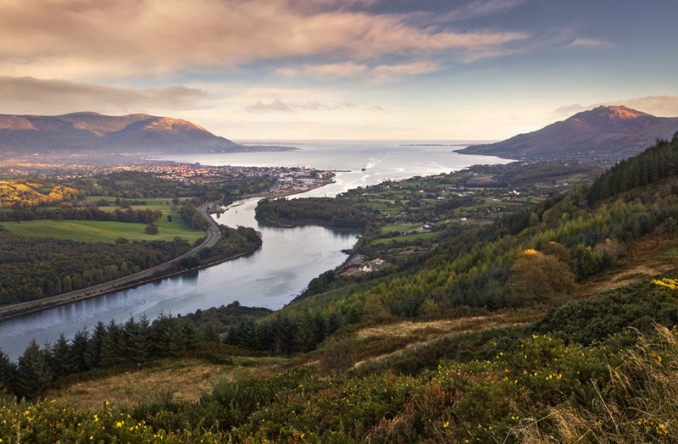Lough does have contaminants
“International Atomic Energy Agency study two decades ago: concluded that concentrations (of Technetium 99 etc) in the Lough were broadly similar to those measured elsewhere along this (Irish) coast”
Yesterday I reported on the controversy over the dumping of dredged spoil from Carlingford Lough in the Irish Sea to keep the waterway to the busy Port at Warrenpoint open.
Briefly the background is that previous all dredged spoil was dumped 16 miles from the Lough (about 34 miles West of the Isle of Man). The Port Authority now wants to dump some of the material in the Lough area presumably for cost and expediency. Campaigners oppose this and have suggested the spoil is radioactively contaminated.
Yesterday I quoted the Port Director denying this in a BBC NI report. However I have been doing some research and came up with this note on a report by the International Atomic Energy Agency which makes clear that the Lough study:
“concluded that concentrations in the Lough were broadly similar to those measured elsewhere along this coast. In 1994, the discharge authorisations for Sellafield were revised, resulting in increased discharges of some radionuclides including technetium-99”.
Now FOR THE AVOIDANCE OF DOUBT I should say that Technetium 99 etc levels have dropped dramatically since the mid 1990s and authorities in both Mann and Ireland insist they pose no threat to health. However the remobilisation of contaminated material is obviously not desirable especially when it's being dumped in the Irish Sea.
Also the IAEA report flies in the face of the Port Directors quoted statement "We are not aware of any nuclear content anywhere in the lough”.
Here is a link to the BBC NI report I posted yesterday and also the IAEA abstract:
https://www.bbc.co.uk/news/uk-northern-ireland-45748636
https://inis.iaea.org/search/search.aspx?orig_q=RN:30046900
It is best if authorities are open and direct about these things. Being factual is not (if radiological monitoring bodies are to be believed) alarmist.
Image: Carlingford - looking out towards the Lough entrance.
Bernard Moffatt







